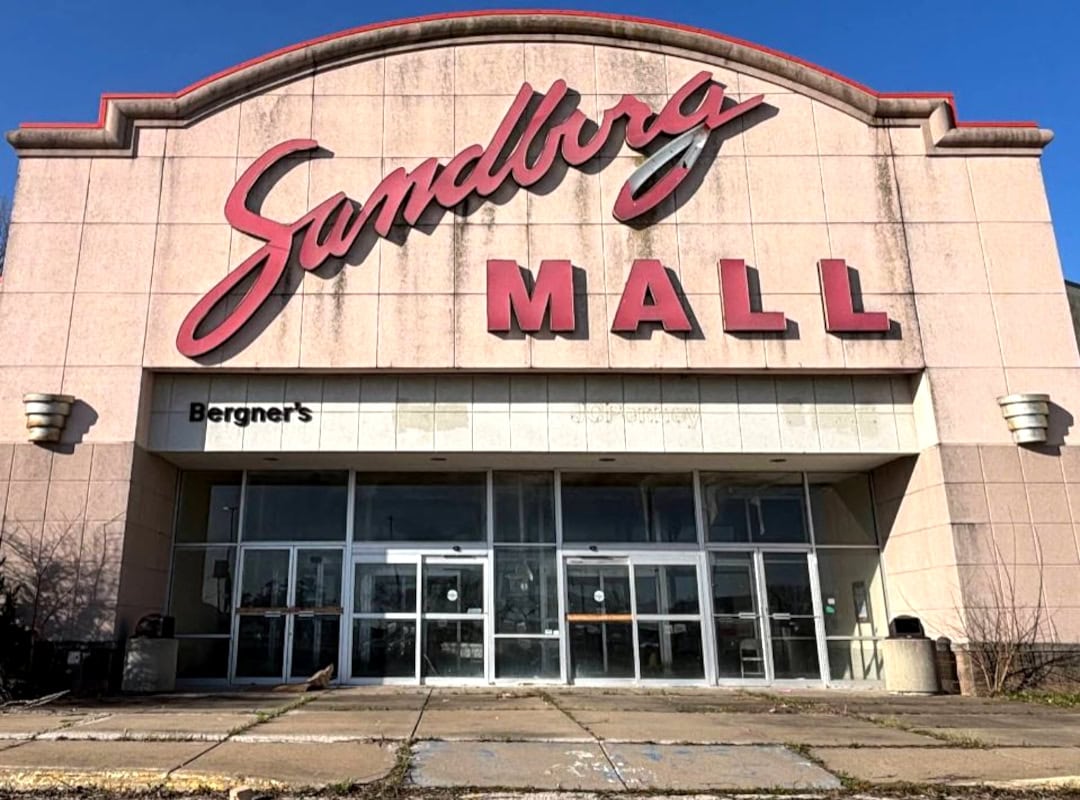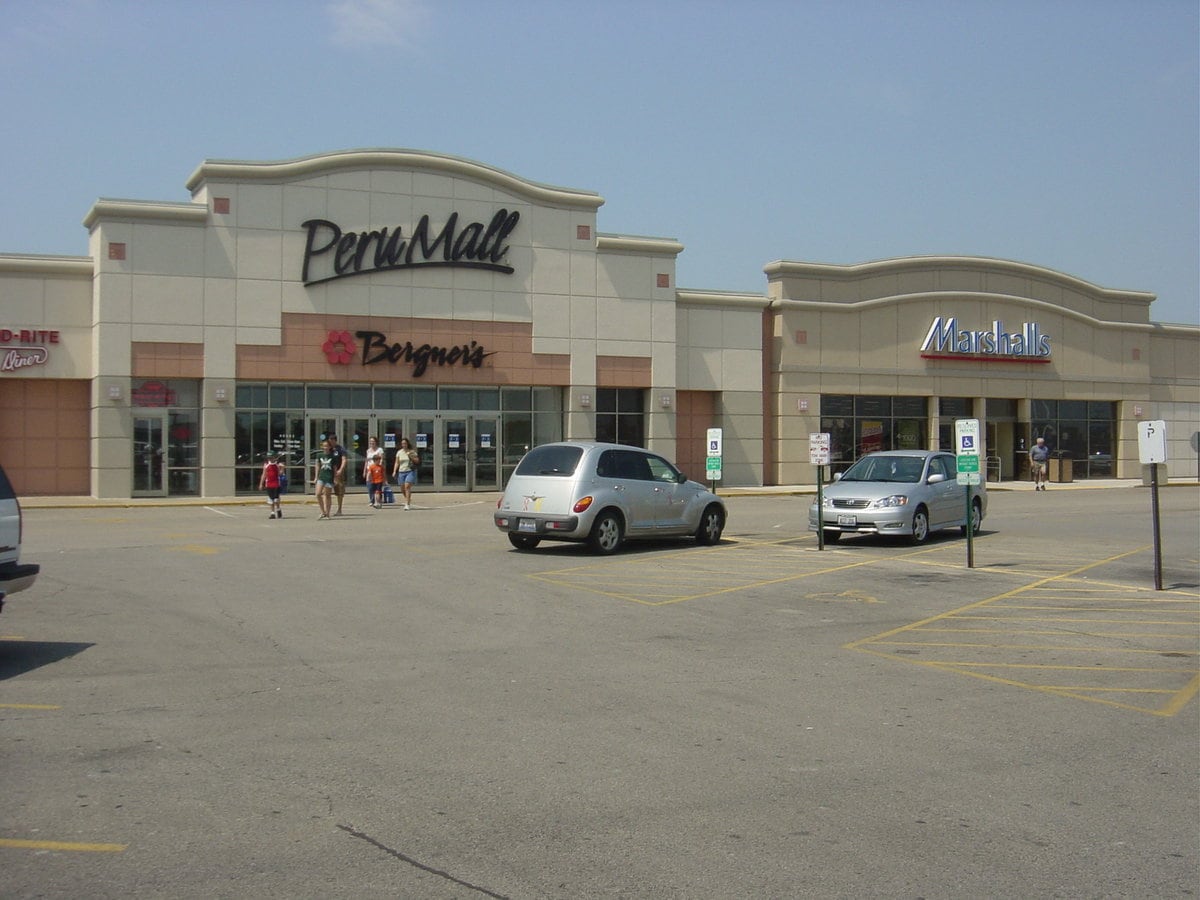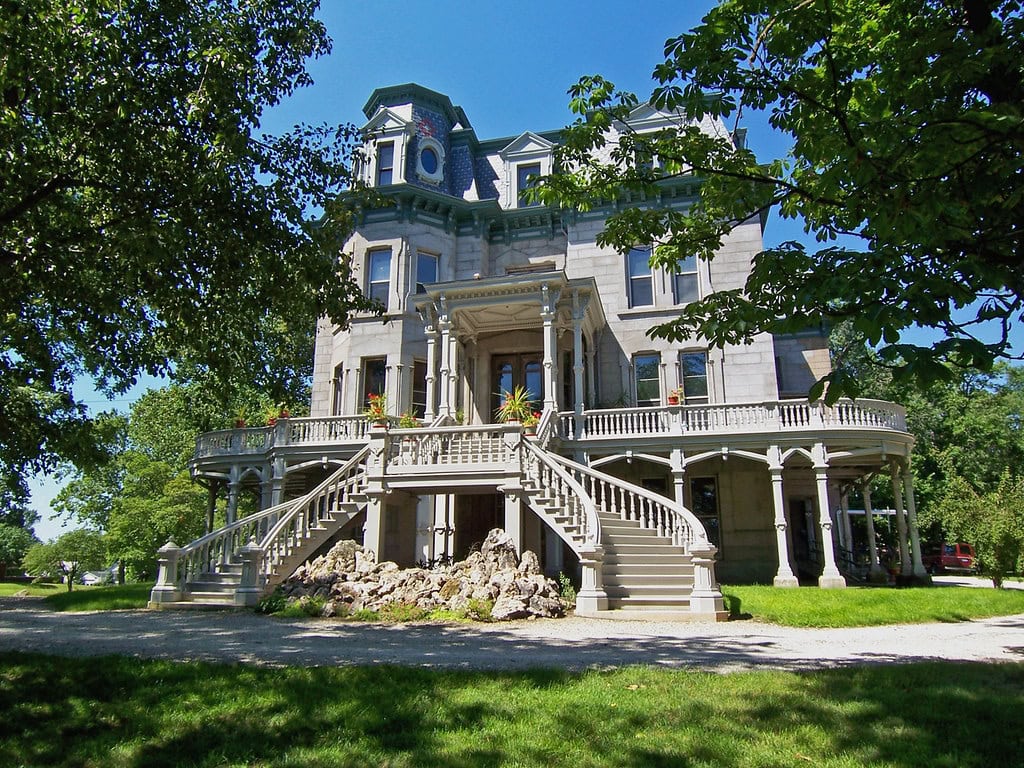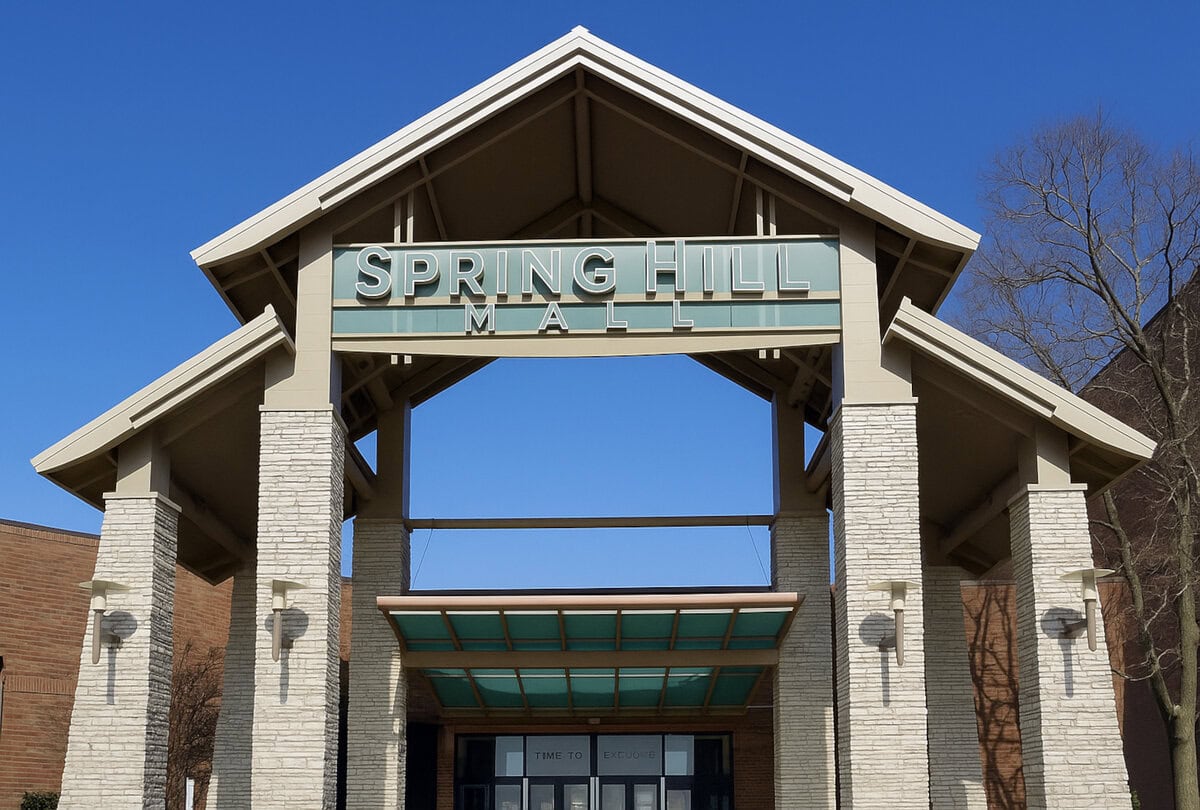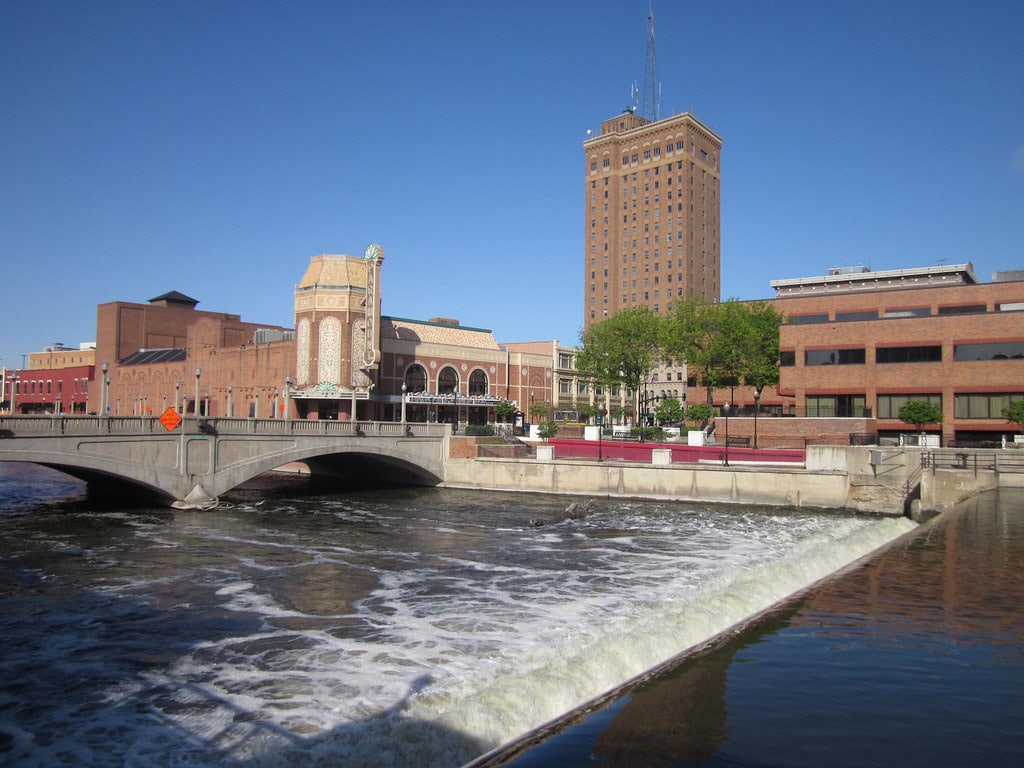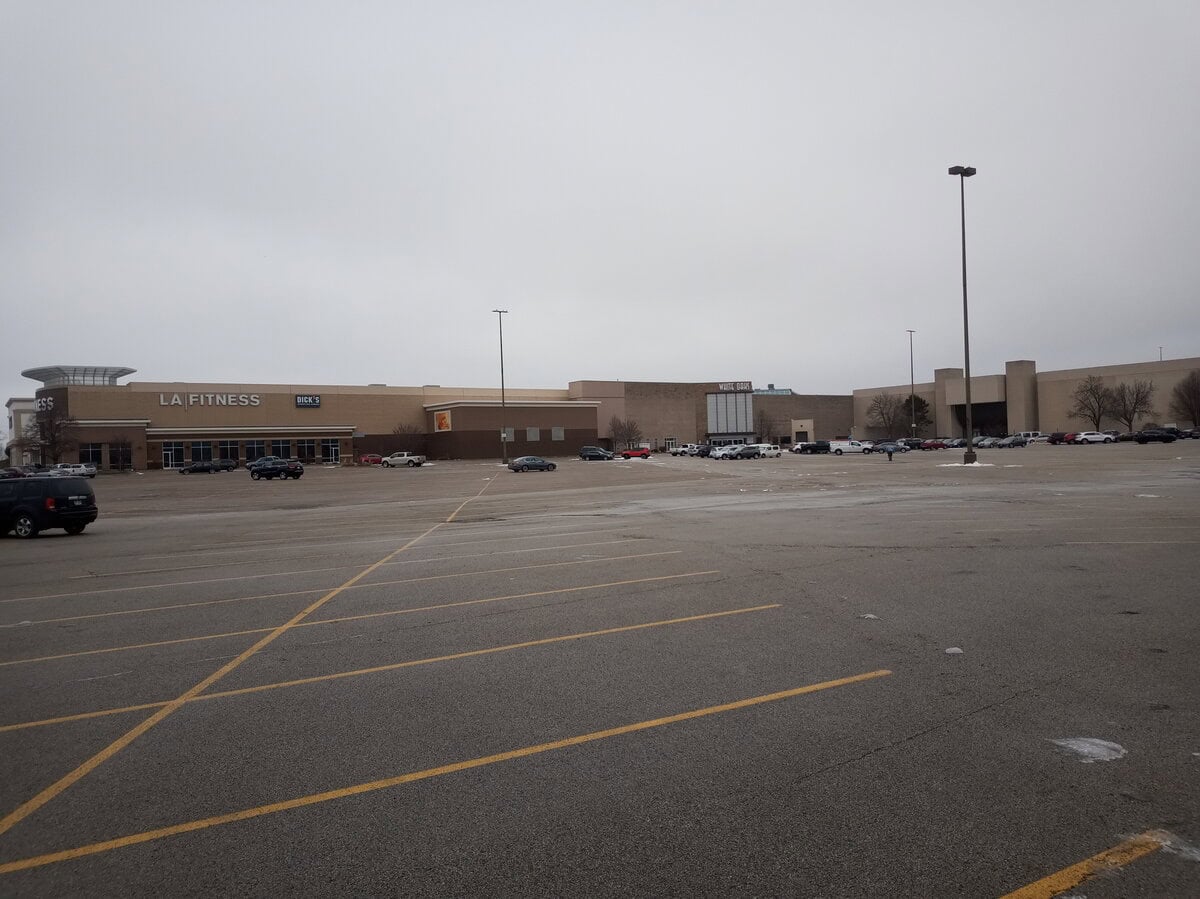Rockford, Illinois, has been called the Forest City since 1853, when a visiting journalist praised its tree-lined streets and shaded squares. The name stuck, but the city built its identity on much more than elm and cottonwood.
A red-heeled sock made in a downtown factory became the pattern for one of the world's most recognizable toys. A railroad executive spent five years constructing a 27-room Swiss-style home above Kent Creek.
A juvenile Tyrannosaurus rex was shipped in pieces from Montana and reassembled inside a downtown museum.

Twelve facts tell that story: through factories, fossils, lost train routes, and revived public spaces.
Some are stamped into old limestone facades; others keep moving, like the rail line set to return after 46 years.
Every one of them is local, documented, and still visible in the shape of the city.
Rockford earned the nickname "The Forest City" in 1853 due to its naturally tree-lined streets
The name "Forest City" first appeared in an 1853 article by a visiting New York Tribune journalist who described Rockford's streets as unusually well-shaded by elms, cottonwoods, and maples.
While many cities in Illinois had sparse vegetation due to settlement clearing, Rockford stood out for retaining its tree canopy along major roads and around public squares.
The nickname caught on quickly in newspapers and later city promotions.
After widespread tree loss from Dutch elm disease in the mid-20th century, local forestry programs and volunteers helped restore parts of the canopy, preserving the "Forest City" identity in Rockford branding and signage.
The sock monkey toy has its origins in Rockford's textile industry
The Nelson Knitting Company, based in Rockford, patented the red-heeled sock in 1932.
These socks were originally sold as workwear, but leftover or damaged ones were repurposed by families into stuffed toys.
The result became known as the "sock monkey." At the Midway Village Museum, there's an exhibit focused entirely on sock monkeys.
It includes hand-sewn examples from Rockford homes dating back to the early 1900s.
Some are worn soft with use; others were clearly made to sit on a shelf. Rockford still leans into the legacy.
There are occasional sock monkey festivals, along with sewing workshops where people make their own versions using the familiar red-heeled socks.
In collector circles and museum catalogs, the phrase "Original Rockford Red Heel" still carries weight; it's a nod to the toy's roots and the city's once-thriving textile industry.
Rockford was the second-largest furniture manufacturing hub in the U.S. in the early 1900s
During the early 20th century, Rockford trailed only Grand Rapids, Michigan, in furniture output.
Many of the factories were founded by Swedish immigrants, including companies like the Rockford Union Furniture Company and the Hans D. Norquist Manufacturing Co.
The Erlander Home Museum preserves furniture and documents from that period, and the city's west side still contains brick industrial buildings repurposed from that boom.
The industry's peak years were between 1890 and 1925.
At its height, it accounted for over 40 percent of the city's industrial output, employing more than 7,000 workers in local plants.
Burpee Museum of Natural History houses one of the most complete juvenile T. rex skeletons ever discovered
In 2001, a team from Rockford's Burpee Museum discovered the remains of a juvenile Tyrannosaurus rex in Montana's Hell Creek Formation.
Nicknamed "Jane," the fossil was shipped back to Rockford. It became the centerpiece of the museum's permanent exhibit, which opened in 2005.
Jane is over 50% complete, a rarity in paleontology, and her skeleton stretches over 21 feet long.
The exhibit includes excavation footage, a replica dig site, and detailed scientific analysis.
Jane has brought national recognition to the museum.
She continues to draw school groups, researchers, and tourists to Rockford's Riverfront Museum Park.
The Tinker Swiss Cottage Museum preserves an original 19th-century mansion built by a railroad baron
Robert Tinker, a prominent Rockford businessman and president of the Rockford Rock Island Railroad, constructed his Swiss-style home between 1865 and 1870.
The cottage sits on a limestone bluff above Kent Creek and features hand-carved woodwork, rounded corners, and original furnishings.
Its 27 rooms include a library and a spiral staircase carved from a single walnut log.
Tinker lived there until he died in 1924. The home was donated to the Rockford Park District and opened as a museum in 1943.
Guided tours and school programs continue year-round, making it one of the city's longest-running historical sites.
Rockford will regain passenger rail service to Chicago in 2027 after a 46-year gap
In July 2023, Governor J.B. Pritzker confirmed that Metra will extend its Milwaukee District West Line out to Rockford.
Service is set to begin in 2027 with two round trips a day.
This will be the city's first passenger rail link since Amtrak's Black Hawk stopped running in 1981.
The route will pass through Elgin, Huntley, and Belvidere before arriving at Union Station in downtown Chicago.
Construction is expected to start sometime in 2025.
Local officials and business owners say the new line could help bring more people into downtown Rockford, both for day trips and longer stays.
It's also being framed as a win for commuters who work in the suburbs or the city but want to live farther out.
The Rockford Public Library was founded in 1872 and has operated continuously since
Rockford's public library traces back to a reading room that opened in 1872, paid for by a bequest from Anna P. Mack.
It was the city's first public library, run by a volunteer board of trustees.
The main branch on North Wyman Street served generations of readers before it was torn down in 2018.
Structural problems with the foundation made repairs impractical.
In its place, a new $40 million facility was built on the same site, overlooking the Rock River.
The new library officially opened in June 2024.
During the transition, the library system has used temporary locations and bookmobiles to continue service across multiple city neighborhoods.
Rockford's Anderson Japanese Gardens were designed by a former Portland landscape director
Anderson Japanese Gardens spans approximately 12 acres in northeast Rockford.
Founded in 1978 by John R. Anderson and legendary Japanese landscape architect Hoichi Kurisu, who previously served as Landscape Director for the Portland Japanese Garden, the garden includes a sukiya-style tea house and guest house, koi ponds, and winding paths.
Built on what was once a swampy backyard along Spring Creek, the garden now showcases well over 300 plant varieties.
Operated by a nonprofit and open to the public seasonally, Anderson Japanese Gardens remains under the long-term guidance of Kurisu International.
It was named North America's finest Japanese garden in 2004 by the Journal of Japanese Gardening and continues to be recognized among the continent's top garden destinations.
Rockford's Veterans Memorial Hall was dedicated by Theodore Roosevelt
Veterans Memorial Hall opened on June 3, 1903, following a dedication speech by then-President Theodore Roosevelt.
The building, located on North Main Street, was constructed with Indiana limestone and features neoclassical columns and bronze plaques honoring Winnebago County veterans.
Inside are war memorabilia, historic uniforms, and Civil War artifacts.
The building also served as a community gathering space and hosted political meetings, theatrical events, and public ceremonies.
Listed in 1976 on the National Register of Historic Places, it continues to serve as a living memorial and museum, with frequent tours and civic events honoring local veterans.
The Keeling-Puri Peace Plaza honors peacemakers with quotes in over 60 languages
Opened in 2002, the Keeling-Puri Peace Plaza spans 2.5 acres along Rockford's Perryville Path near the city's east side.
It was established by local philanthropists Sunil Puri and Gerald Keeling.
The plaza features engraved peace messages in over 60 languages and sculptures of Gandhi, Mother Teresa, Martin Luther King Jr., and John Lennon.
A globe-like monument at the center, called the Harmony Index, was designed by local artists and symbolizes global unity.
The site hosts events on the International Day of Peace each September.
Schools and religious groups often organize visits to the plaza as part of diversity education programs.
Sinnissippi Park includes the city's largest outdoor music venue and a rose garden
Sinnissippi Park, located along the Rock River, is one of Rockford's oldest parks, first developed in 1909.
It features an outdoor music shell built in 1950, which remains the site of summer concerts hosted by the Rockford Park District.
Adjacent to the shell is the Sinnissippi Rose Garden, planted in the 1930s, which contains more than 2,000 rose plants across various beds.
Walking paths and bike trails link the park directly to the Nicholas Conservatory & Gardens, which sits along the Rock River.
The trails get steady use in warmer months, with joggers, cyclists, and parents pushing strollers.
The park itself is built for all seasons. There are tennis courts, an 18-hole golf course, and hills that draw sledders in the winter.
It's one of the few places in the city where you can catch a summer concert and come back months later to watch kids racing downhill on plastic toboggans.
The city's Coronado Theatre reopened in 2001 after an $18.5 million restoration effort
The Coronado Theatre opened in 1927 with 2,400 seats and a domed ceiling painted to mimic a night sky.
After decades of use and decline, it closed in 1997. Local fundraising efforts contributed nearly half of the $18.5 million needed to restore it.
It reopened in 2001 with new sound systems, restored Spanish Moorish interiors, and reopened balconies.
Acts like Jerry Seinfeld, ZZ Top, and Bill Cosby headlined early shows post-renovation.
The building was added to the National Register of Historic Places in 1979 and is one of the few "atmospheric theaters" still in operation in the U.S.



